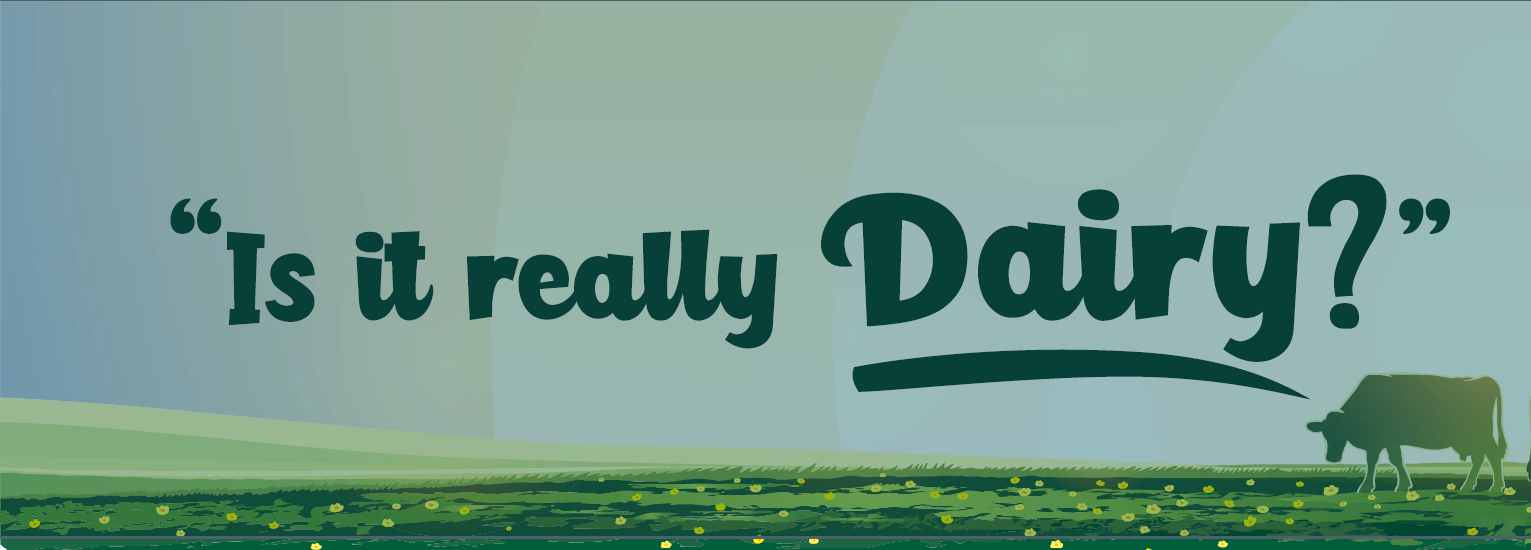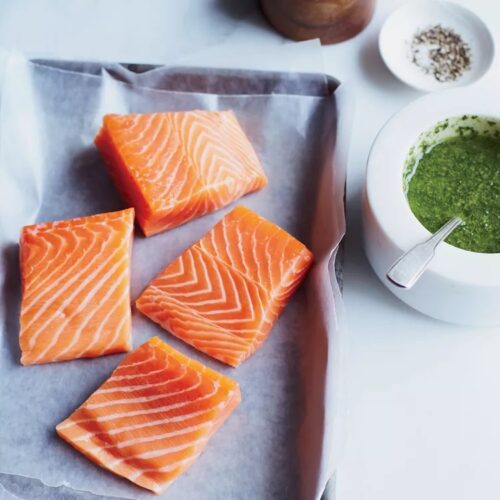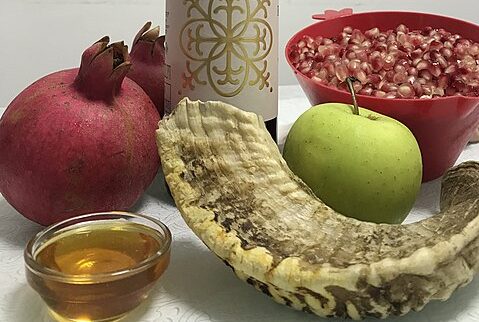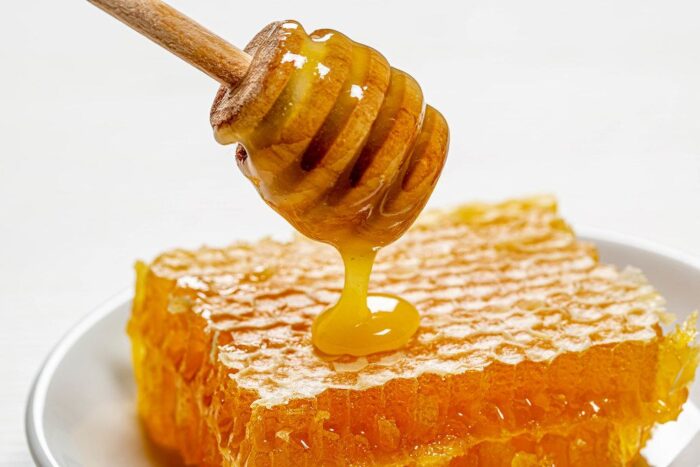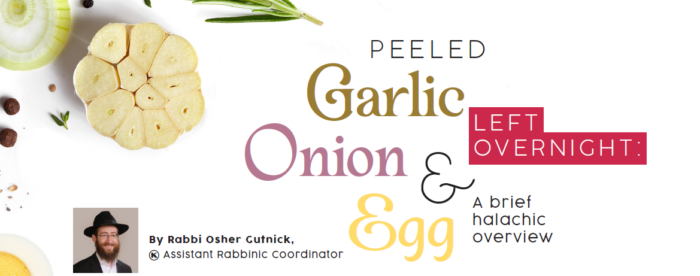Is [insert name of product here] really dairy?” This question is the basis for more than 50% of consumer questions to kashrus agencies worldwide. What is so ambiguous about the “D” designation that causes consumers to contact us to find out if it is really dairy? How can a kashrus agency respond that the product is dairy when the allergen statement only says “wheat” or “tree nuts”? The consumer continues, “I don’t see any dairy ingredients. The packaging says in big, bold letters NON-DAIRY. It’s vegan!”
Let’s take a step back and understand what constitutes dairy for kashrus purposes and how this can help us interpret this enigma known as “D”. The Gemara in Chullin (113) explains that the Torah says one may not cook a young goat in the milk of its mother. The Tannaim have a debate about exactly how to interpret this. The Shulchan Oruch rules that the Torah is referring to cooking meat from a kosher domesticated animal with the milk from a kosher domesticated animal. Since the Torah mentions it three times, the Gemara says that one may not cook them together, nor eat them (if it was already cooked), and one may not derive any benefit from it (one may not feed it to their dog). This is the basis for all the separations that we have between milk and meat. Therefore, milk that comes from a cow, sheep, or goat is dairy and all the requisite Halachos apply.
The elementary reason that a consumer would want to know if a product is dairy is if they want to eat it together with, or immediately after, consuming meat. So, how can it be that the package does not have a dairy allergen but the item is certified as dairy?
The answer to this conundrum is based on some technical points and some legal points.
Do you know how many ingredients are in the final product?
The ingredient panel on a product doesn’t always tell the whole story. Every product has a formula, essentially a recipe, and many of those ingredients have a sub-formula. It can take hundreds of ingredients to create the final product. On a technical level, a kashrus agency certifies a product as dairy because one of the ingredients in the sub-formula is dairy. Alternatively, sometimes, there is a glaze that is dairy (for example probiotic) that is not required to be listed in the ingredient panel. The kashrus agencies work with sophisticated, customized computer systems; therefore, if the information provided to the system includes a dairy ingredient or sub-ingredient, it will trigger the system and not allow the product to be labeled as pareve. If even one ingredient (or sub-ingredient) in the recipe is dairy, it will cause the final product to be labeled as dairy. Even though you don’t see any obvious dairy listed on the ingredient panel, the product can still be Halachically dairy Another possibility is that the company wants the versatility of changing from one recipe to another without the necessity of changing the packaging, and one recipe may contain a dairy ingredient (known as a compatible ingredient).
However, that begs the question, why would a compatible ingredient have different designations? If it was a pineapple flavor then both versions should be pareve. Conversely, if it is a butter flavor then they should both be dairy. To better understand this, we need to know more about flavors? What is their source? How are they produced?
What is a Natural Flavor?
Natural flavors are created using ingredients from natural sources such as essential oils, extracts, etc., which are derived from spices, fruits, vegetables, barks, and other natural sources. They are developed by isolating specific chemical ingredients from natural sources, such as an essential oil from a specific fruit. A flavorist will then use chemical ingredients from a single, or many, natural sources to develop the flavor profile for a specific product. The name of the flavor, therefore, has no bearing on its origin – butter can be used to create chicken flavor, and conversely, chicken can be used to create butter flavor, and everything in between.
Additionally, flavor houses (the facilities that produce flavors), have many pieces of equipment to produce the flavors and based on the usage of those pieces of equipment an essentially pareve flavor may turn into a dairy one based on production and use of equipment.
The label clearly says NON-DAIRY, why is it certified D?
The following simple question is the key to resolving this conundrum. Is “non-dairy” a code word for pareve? The answer to this question is the legal piece to the puzzle.
The basic components of milk consist of water, milk fat, and skim solids. The skim solids include protein, lactose, minerals, and trace elements. If one were to separate these components, each one would still be 100% “dairy”. For example, through a process called steam distillation one would be able to separate the water from the milk and have distilled water, or “cow water”. This water is 100% “dairy”. Parenthetically, this is why distilled water needs a hechsher. However, from a legal standpoint, the permanent dairy status does not apply.
A regulatory definition (defined by the FDA) does exist for the term “non-dairy”, but, incredibly, the regulatory definition actually allows the presence of the milk protein (casein – pronounced as kay·seen) in such products. “Non-dairy” is commonly printed on coffee creamers made from caseinate (milk protein) rather than milk or cream. Caseinate, will appear in the ingredient statement and must be followed by a parenthetical explanation, such as “milk derivative”. The term “non-dairy” is a long-standing byproduct of the strong dairy lobby that wanted to ensure that substitute milk and cream products could not be called “dairy”.
By the way, many professionals in the food industry would agree that the FDA regulation for the term, nondairy, is ludicrous. However, changing regulations that actually exist in the Code of Federal Regulations is a long and arduous process.
Labeling
Finally, many times a company will have multiple products, some that are pareve, some that are dairy, and some that are dairy equipment. What transpires when the company mistakenly mislabels a finished dairy product as pareve, or even just prints packaging that states pareve when the actual product is dairy? The company will have to do a recall. The costs of a recall can be in the thousands or hundreds of thousands of dollars based on the amount of product or labeling and labor involved. Therefore, some companies would rather label everything as dairy to preempt such a situation – since the only “graphic” that they have available is one that denotes dairy.
In conclusion, one can always check with the certifying agency to find out if a product is really dairy, dairy equipment or pareve. When you do inquire and receive a response that a product is dairy equipment or pareve, make sure to always ask if you should follow up periodically to check for status changes. The OK is well aware of the advantage to the consumer and need for pareve products, but the OK is bound to label the product according to Hilchos Kashrus. When a product is labeled D or DE, it is a product that cannot be labeled pareve, either due to Halachic constraints or manufacturing considerations.


 EN
EN  ZH
ZH  KR
KR  BR
BR  ES
ES  IN
IN  IL
IL 
